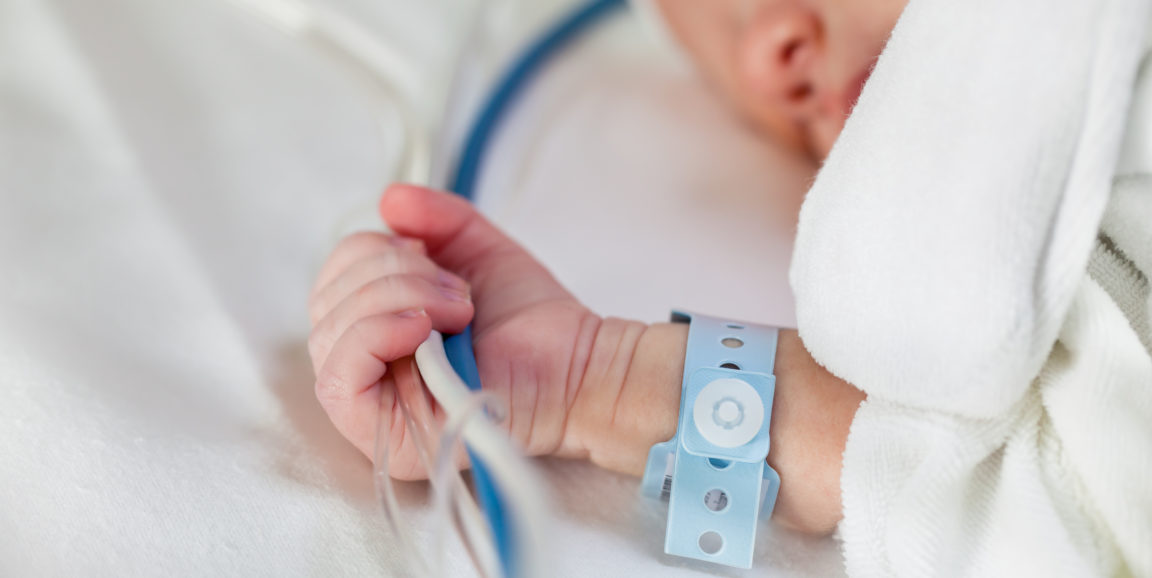While researching hospital-acquired infections in the Biodesign Innovation course, former Stanford medical student Carl Dambkowski, MD, and former graduate bioengineering student Eric Chehab uncovered a big problem for a small number of newborns.
"Umbilical cord catheters, which are used to provide food and medicine to ill newborns in the NICU, have an infection rate that is five times higher than the central line catheters used for the same purposes in adults," Dambkowski said. Infants who get bloodstream infections not only face longer hospital stays, but a higher risk of developmental delays and even death. The pair, along with the rest of their student team, committed to finding a solution.
I described their effort in a recent Stanford Engineering article:
It’s the kind of challenge that industry sometimes balks at. It’s critically important to the families, but the relatively small number of patients affected makes it hard for companies and hospitals to invest the extraordinary amount of time and resources required to find a solution.
But a team of graduate students in the Stanford Biodesign Innovation course saw things differently. The course brings together graduate students in engineering, medicine and business to address real-world health care problems, and gives them the opportunity to do what universities can do best: Take on complex, high-risk challenges by marshaling resources from across an entire institution.
The team first investigated the source of the discrepency.
“As we began to research the problem, we saw that the mechanism being used to hold umbilical catheters in place on tiny newborns was a bridge the nurses would construct out of surgical tape. It didn’t look anything like the sleek, sterile devices that protect and support central line catheters in adults,” Chehab said.
In designing a better solution, the team had to work around the fact that the umbilical cord stump is naturally dying, and so has to stay open to the air. And unlike an adult central line catheter, which lays flat against the skin, an umbilical cord catheter rises from the body perpendicularly. The result was a small, semi-rigid, open dome that can be secured to the baby’s skin to stabilize the catheter while protecting and isolating the umbilical area from infection-causing bacteria.
Though the concept was promising, it seemed unlikely it would ever make it to patients. Not only did most of the original student team move on once the class was over, but the market for the device was too small to attract traditional sources of funding to advance the project. Then, Dambkowski brought the project to the attention of James Wall, MD, a pediatric surgeon and the assistant director of the Biodesign Innovation Fellowship program. The need resonated with Wall, and he decided to try using Stanford resources to develop the project as a technology with “high impact but not necessarily a large market value.”
Over the next five years, Wall; Dambkowski; Chehab; Biodesign lecturer Ross Venook, PhD; and a diverse team of faculty and students secured grant and internal funding, developed and tested prototypes, and met with NICU nurses to get user feedback.
The result of this university-wide effort? The device to help protect babies from preventable complications during their earliest days of life is on track to reach patients within the next year.




